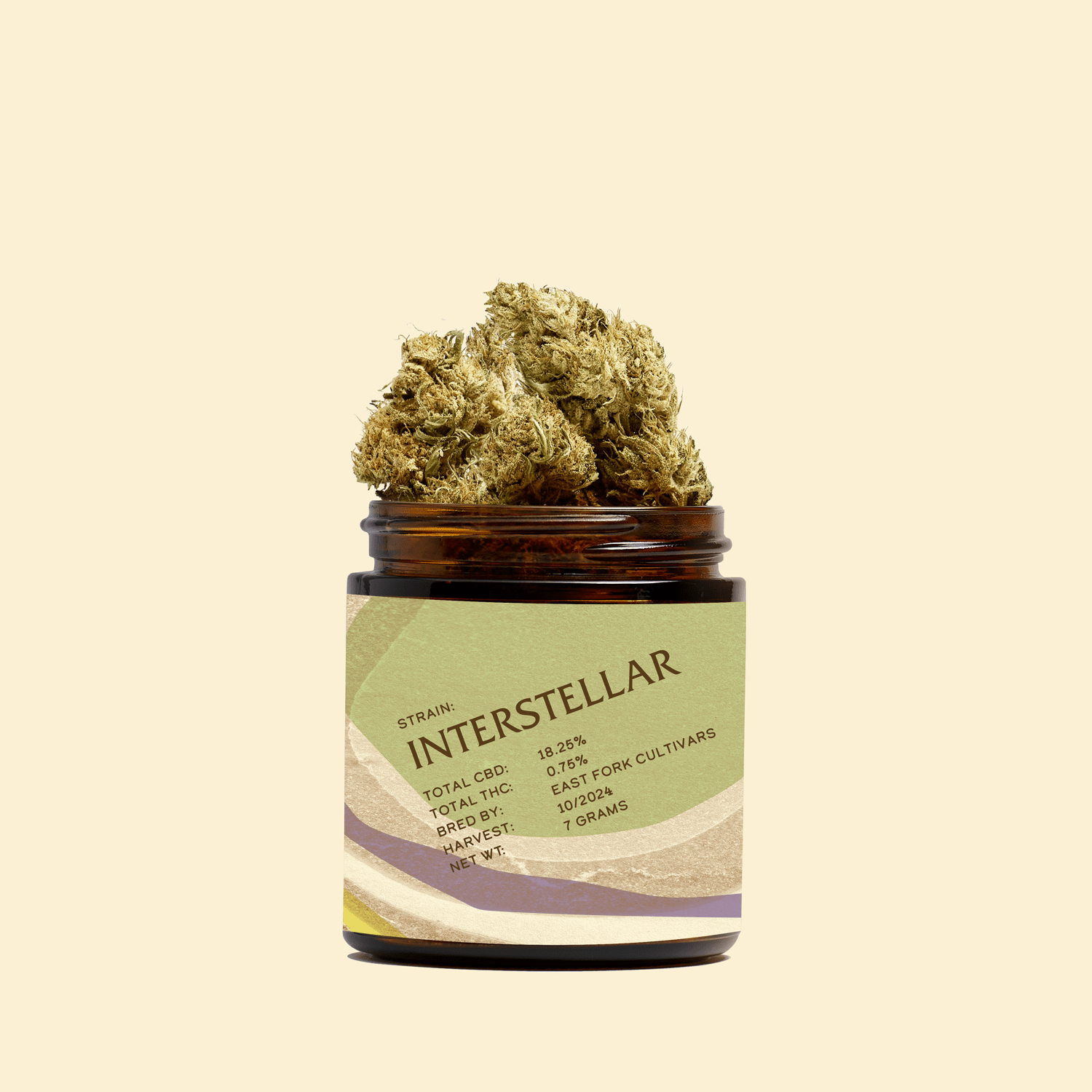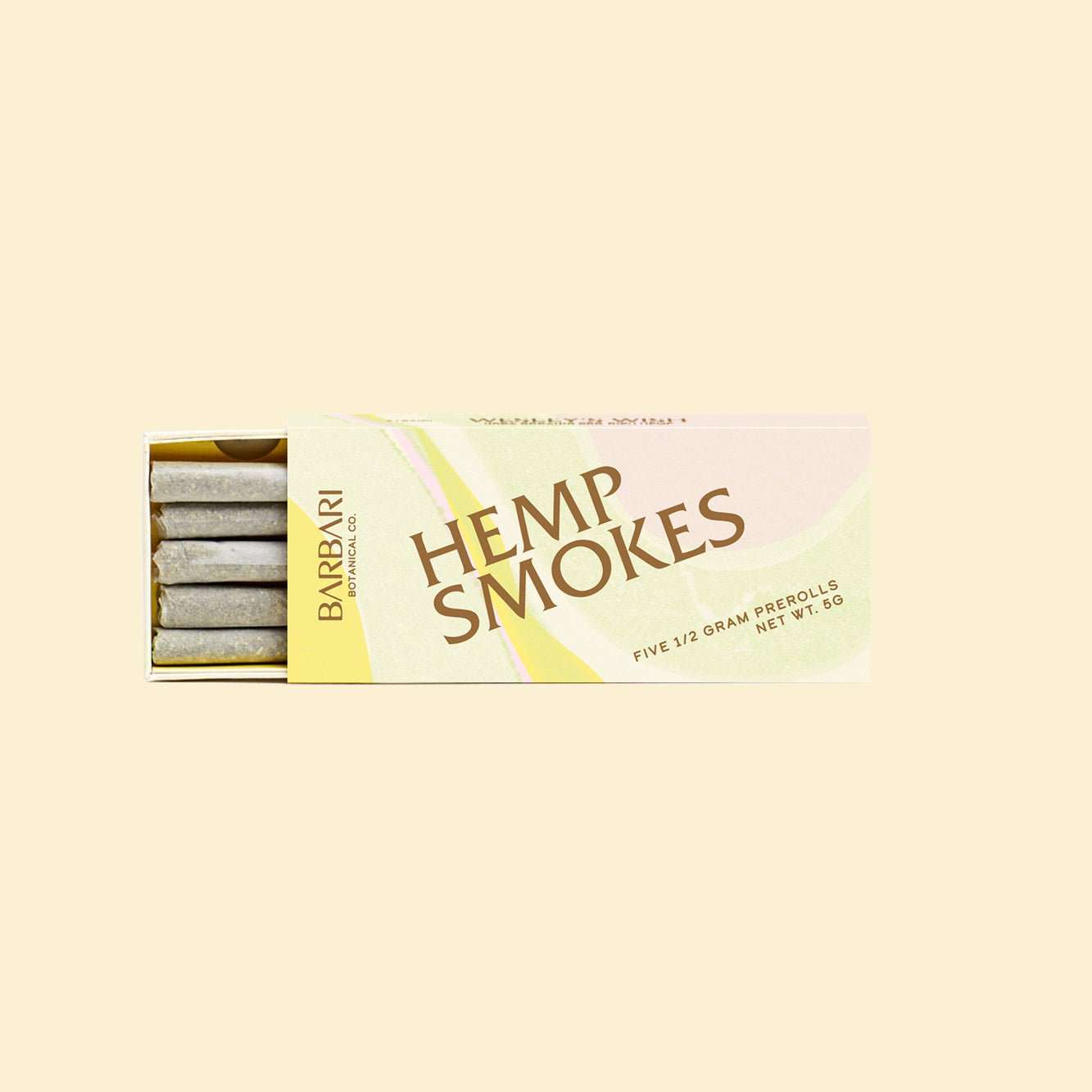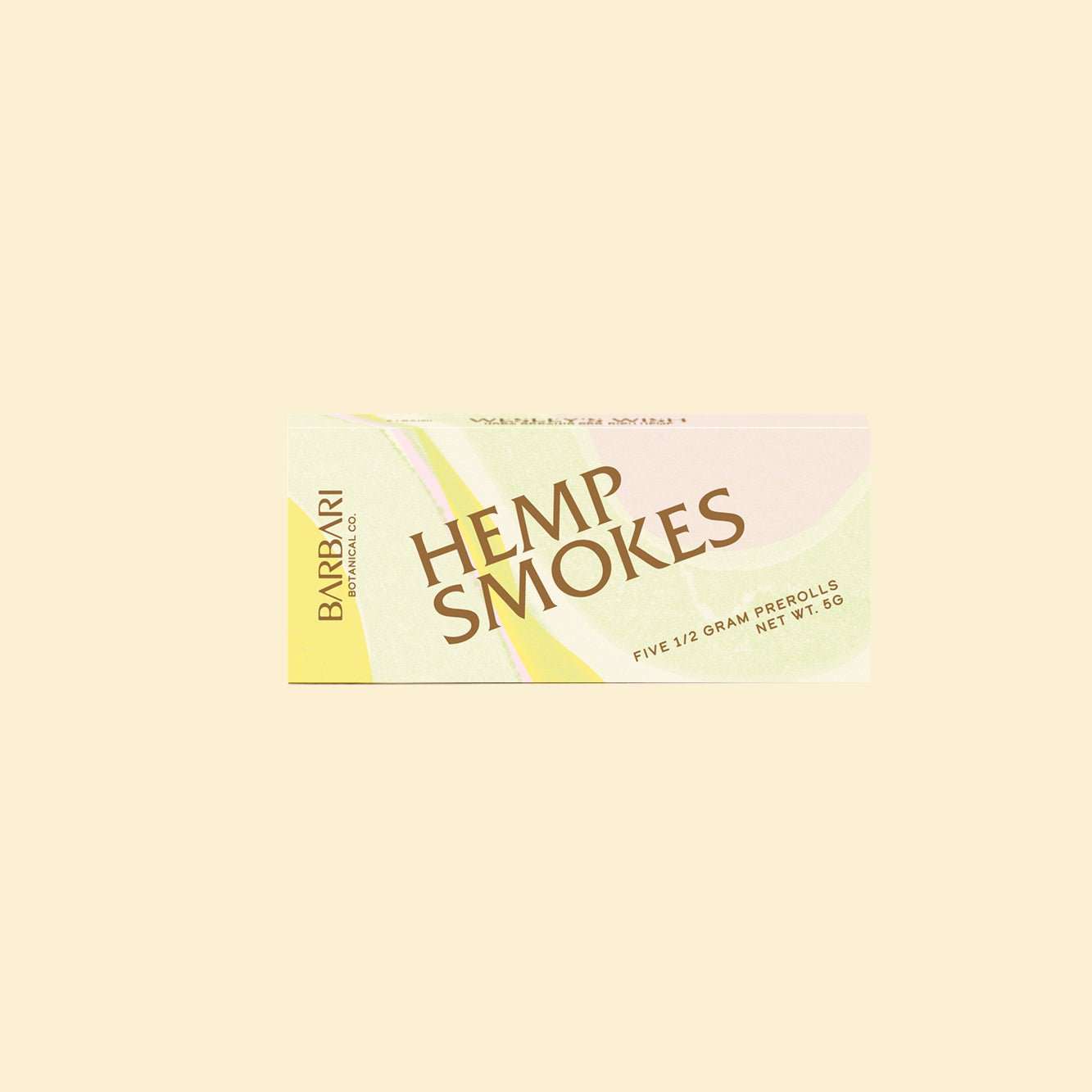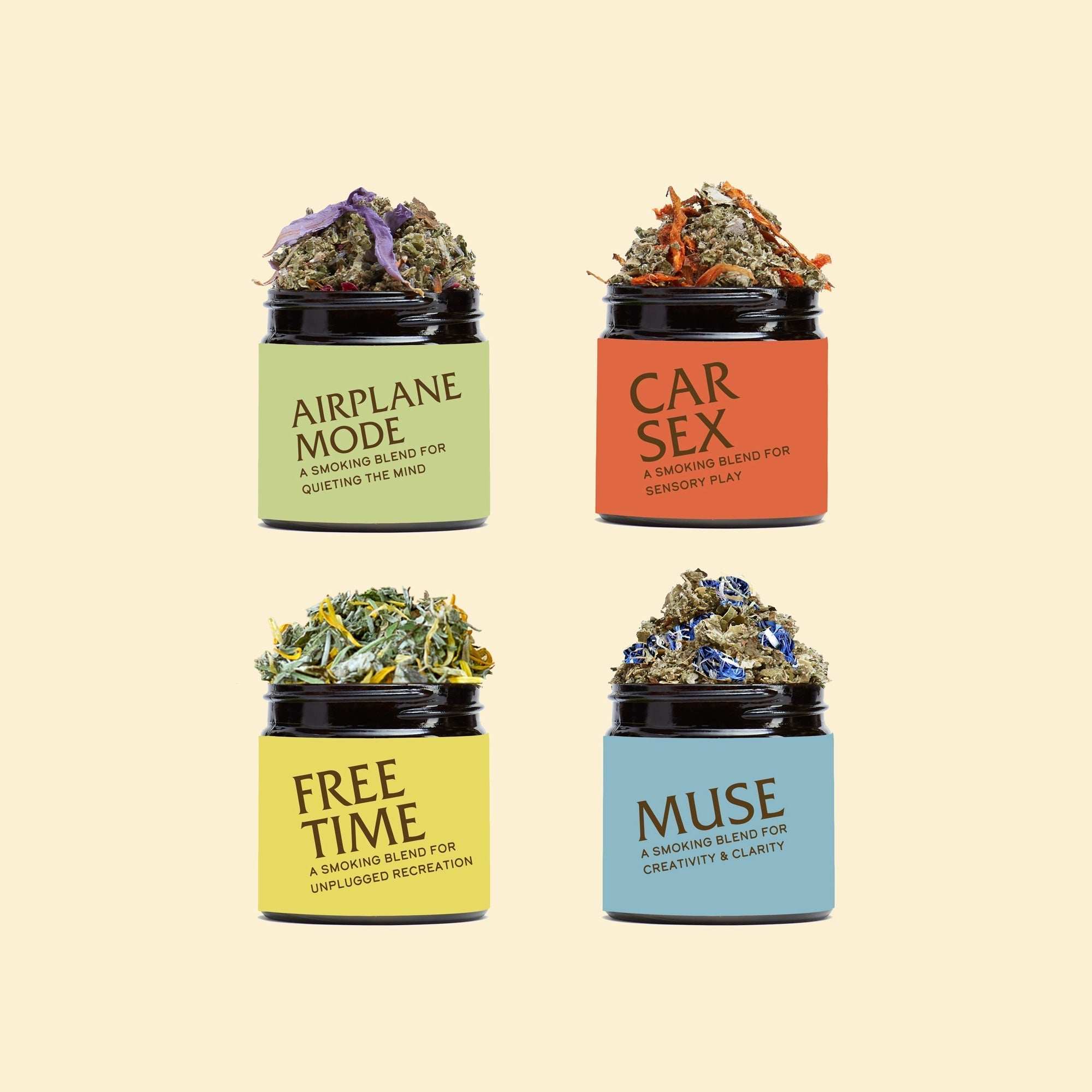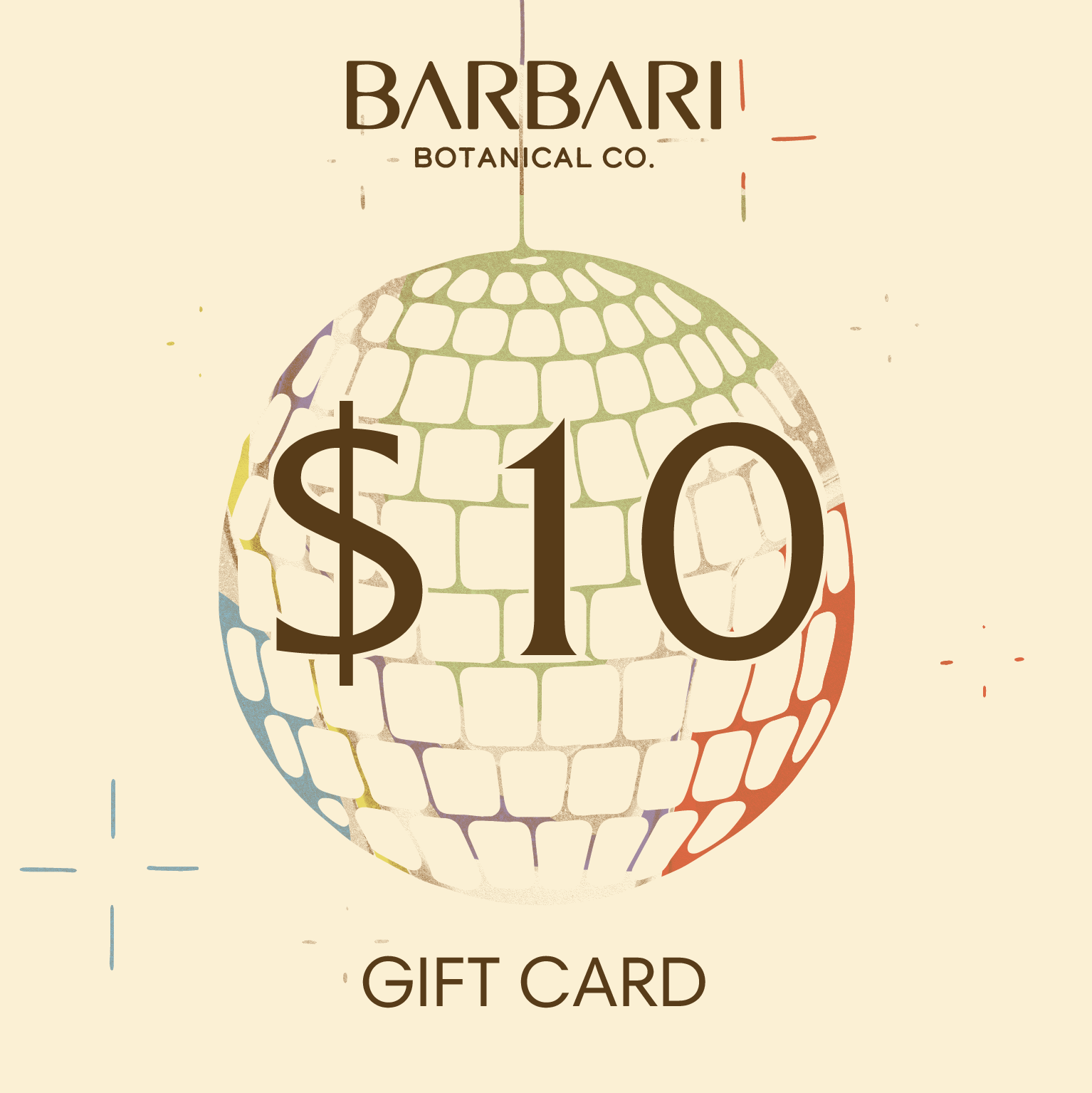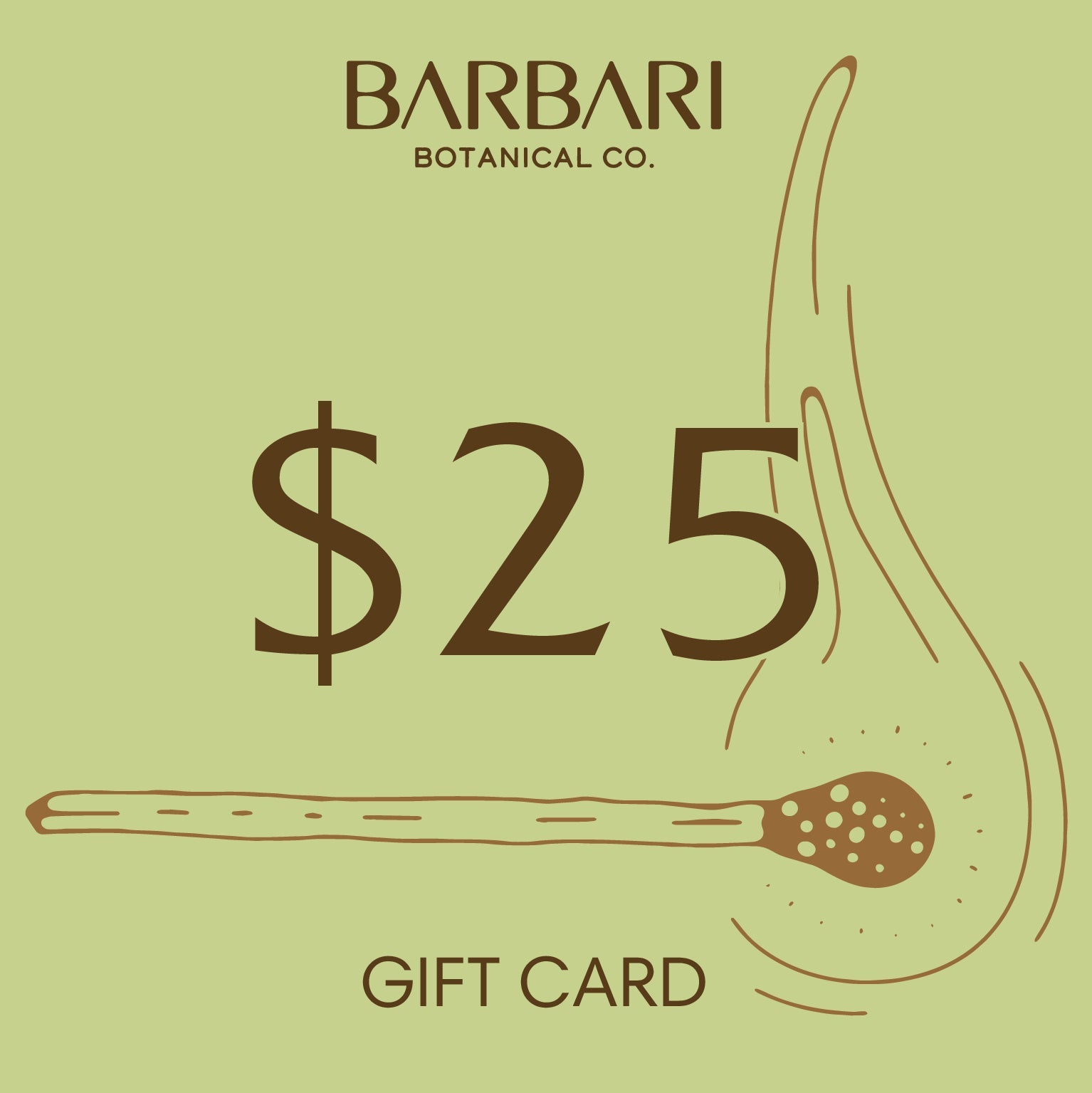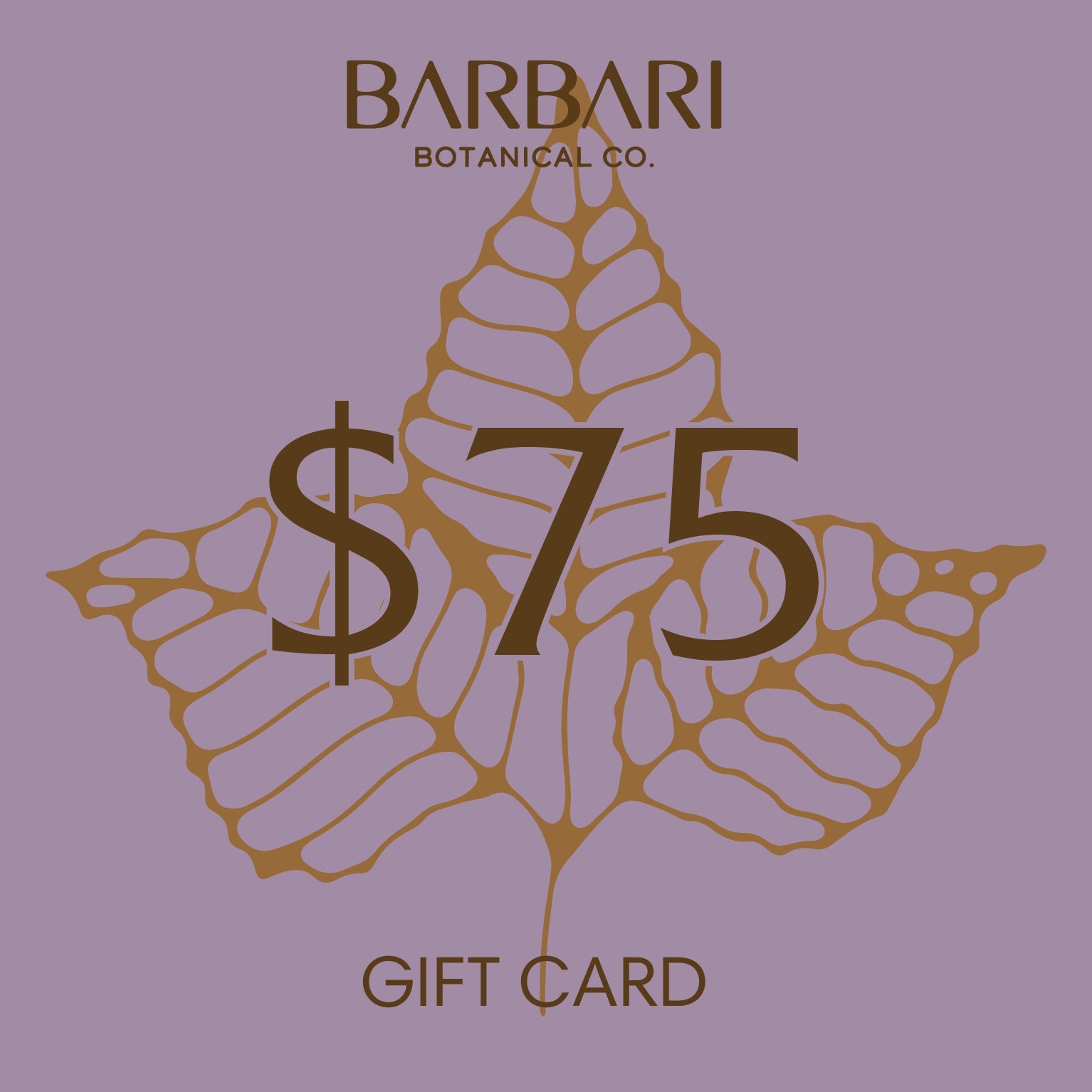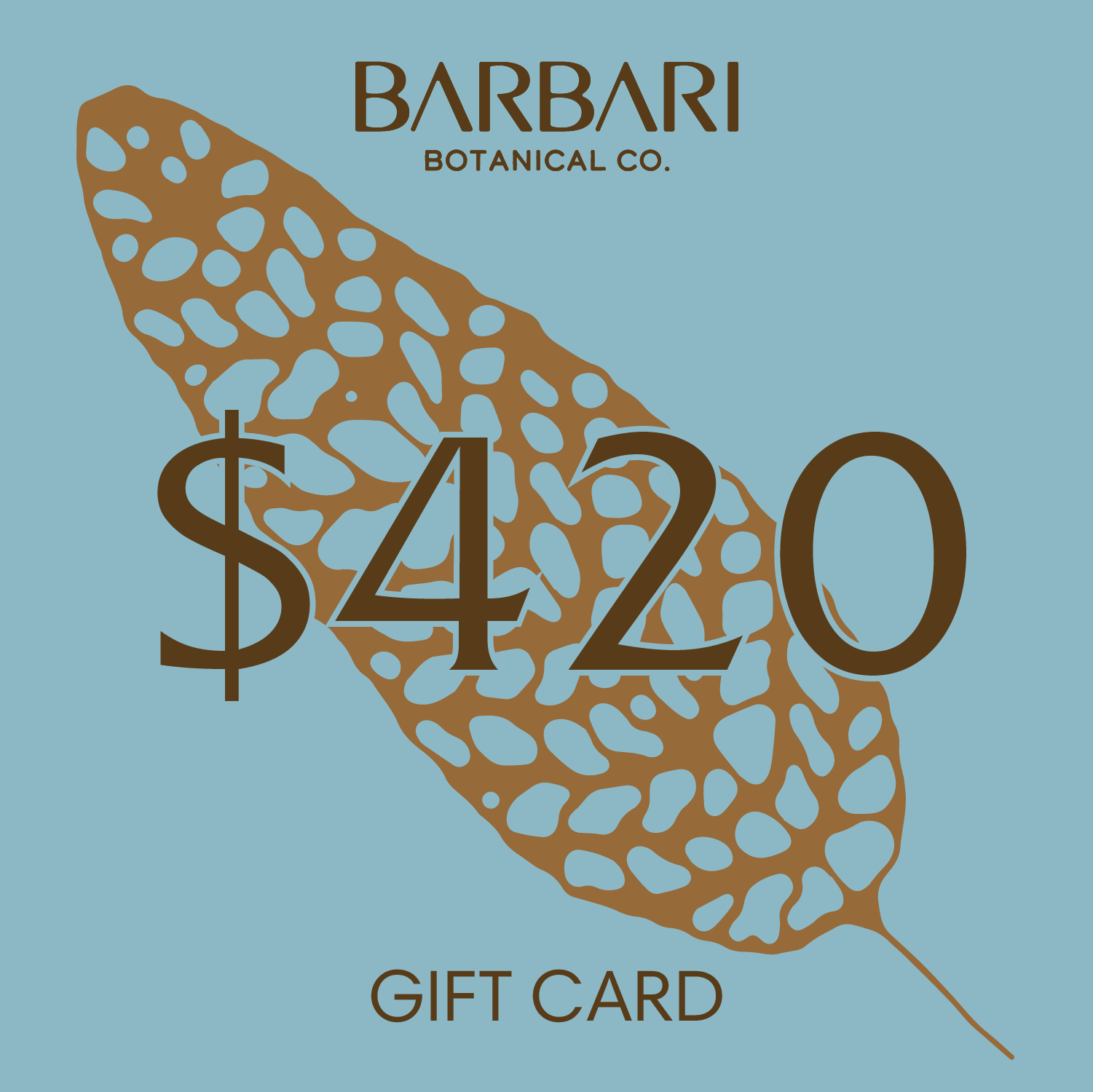
CBG: The Mother Cannabinoid & Its Unique Benefits Explained
If you're familiar with cannabis and hemp, you've likely heard of CBD and THC—the most popular cannabinoids in the weed world. But have you met CBG yet? While it’s still flying under the radar compared to its more well-known cousins, CBG is quickly gaining traction for its unique potential benefits and uses.
What is CBG?
CBG, short for cannabigerol, is often called "the mother cannabinoid" because it serves as the precursor to other cannabinoids like CBD, THC, and CBC. In its acidic form, CBGA, it acts as the foundation from which many cannabinoids are synthesized as the cannabis plant matures. Most cannabis strains contain only small amounts of CBG (typically less than 1%), but as demand grows, breeders are developing strains higher in this cannabinoid, and farmers are refining cultivation practices to produce CBG-rich hemp.
What Makes CBG Unique?
CBG interacts with the body’s endocannabinoid system (ECS) in a way that sets it apart from other cannabinoids. The ECS is responsible for regulating essential functions like mood, sleep, pain perception, and immune responses. Unlike THC, which produces psychoactive effects, and CBD, which is widely known for its calming properties, CBG engages directly with both CB1 and CB2 receptors. Early research suggests it may have neuroprotective and anti-inflammatory properties, but more studies are needed to confirm these effects.
CBG is also being studied for its potential antibacterial effects, with some research suggesting it could be effective against resistant bacterial strains such as MRSA (Methicillin-resistant Staphylococcus aureus). Additionally, there is growing interest in its potential role in supporting digestive health, as early studies have explored its effects on inflammatory bowel disease (IBD) in animal models. However, these findings are still in early research stages and require further clinical validation.
CBG vs. CBD: What's the Difference?
While CBG and CBD share some similarities, they interact with the ECS differently:
-
CBG binds directly to cannabinoid receptors, potentially influencing appetite regulation and inflammatory responses.
-
CBD primarily influences the ECS indirectly, promoting relaxation and stress relief.
-
CBG may offer a different effect on the body compared to CBD, though individual responses can vary.
-
When combined, CBG and CBD may work together synergistically, though more research is needed to fully understand their combined effects.
Because of these differences, some users prefer incorporating both cannabinoids into their wellness routine for a more well-rounded experience.
Potential Areas of Research for CBG
While research on CBG is still in its early stages, studies are exploring several potential applications:
-
Neuroprotective properties – Some early studies suggest that CBG may have neuroprotective potential, leading to interest in conditions such as Huntington’s disease and Parkinson’s. However, more research is needed.
-
Inflammation regulation – CBG is being studied for its potential role in inflammation regulation, with early research focusing on its effects on digestive health.
-
Appetite regulation – Animal studies suggest that CBG may influence appetite, but further human research is required.
-
Antibacterial properties – Preliminary studies suggest that CBG may have antibacterial properties, including activity against drug-resistant bacteria like MRSA, though more research is needed to determine its practical applications.
-
Eye health support – Some early studies suggest that CBG may influence intraocular pressure, though more research is needed to determine its role in eye health.
While these areas of study are promising, more human trials are needed to confirm these effects and determine the best applications for CBG in wellness and medicine.
Is CBG Legal?
Yes, CBG is legal in most regions where hemp-derived products are permitted. Since it doesn’t produce intoxicating effects, it remains widely accessible even in areas with THC restrictions. However, it’s always wise to check local regulations before purchasing any cannabinoid-based products.
Under the 2018 Farm Bill in the United States, hemp-derived cannabinoids, including CBG, are legal as long as the final product contains less than 0.3% THC. However, state laws regarding cannabinoids can vary, and some regions may have additional restrictions. It’s always best to check with local regulations before purchasing or using CBG products.
How to Use CBG
As CBG continues to gain popularity, it’s becoming available in a variety of forms, making it easy to integrate into your routine. Some of the most common CBG products include:
-
CBG oil – Taken sublingually for quick absorption
-
CBG tinctures – Ideal for precise dosing
-
CBG capsules – Convenient and travel-friendly
-
CBG topicals – Applied directly to the skin for targeted relief
-
Smokable flower & prerolls – A natural way to experience CBG’s effects
-
CBG edibles – Gummies, teas, and other consumable products infused with CBG
How to Choose Quality CBG Products
When selecting CBG products, it’s important to consider factors such as:
-
Source of hemp – Look for products derived from organically grown hemp to ensure purity.
-
Third-party lab testing – Reputable brands provide lab reports verifying cannabinoid content and the absence of harmful contaminants. Review before purchasing.
-
Full-spectrum vs. isolate – Full-spectrum products contain a range of cannabinoids and terpenes, which may enhance the effects of CBG, while isolates contain only pure CBG.
-
Extraction method – CO2 extraction is considered the gold standard for purity and safety in cannabinoid extraction.
Should You Try CBG?
If you’re already familiar with CBD, adding CBG to your routine could offer a different set of effects. While research is still in its early stages, many users are exploring CBG for its potential impact on mood, inflammation, and overall well-being. Whether you're looking to experiment with cannabinoids beyond CBD or seeking a non-intoxicating alternative to THC, CBG is a promising compound in the evolving world of cannabis.
As with any cannabinoid, it’s always best to start with a low dose and gradually adjust based on your experience and desired effects. Consulting with a healthcare provider before trying CBG is also recommended, especially if you have underlying health conditions or are taking medications.
Sources:
- Cannabigerol Action at Cannabinoid CB1 and CB2 Receptors and at CB1–CB2 Heteroreceptor Complexes
- Way of Leaf - CBG: All You Need to Know About This Cannabinoid
- Pharmacological Aspects and Biological Effects of Cannabigerol and Its Synthetic Derivatives
- Acute effects of cannabigerol on anxiety, stress, and mood: a double-blind, placebo-controlled, crossover, field trial
- USDA - 2018 Farm Bill & Hemp Regulations






